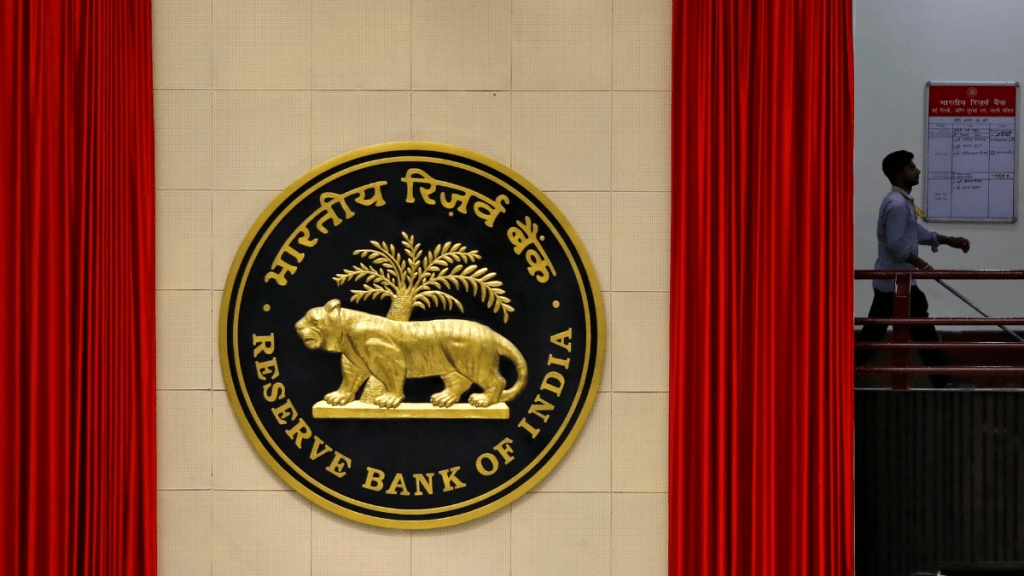– By Aditi Nayar
The outcome of the Monetary Policy Committee’s (MPC) second bi-monthly policy review meeting was along expected lines, with the majority of the members voting for a status quo. However, the voting pattern on both, the policy rates and the stance changed to 4:2 from 5:1 in the previous meeting, with Dr. Ashima Goyal incrementally changing her position in favour of a 25 bps rate cut and a change in the policy stance to neutral. This too was not entirely surprising given her comments in the minutes of the last two MPC meetings. Nevertheless, the additional vote for a rate cut and a change in the policy stance was not enough to dampen the 10-year G-sec yield below 7.0%.
Following the higher-than-expected growth prints for FY2024, the MPC has slightly tweaked its GDP growth projections for FY2025. It has raised its quarterly growth projections for FY2025 by 20-30 bps vis-à-vis the last policy, with the new projections centered in a very narrow range around the annual estimate of 7.2%. This is mildly higher than the forecast of 7.0% that was issued in the April 2024 meeting.
We are circumspect about the pace of GDP expansion in H1 FY2025; ICRA forecasts the GDP growth to print below 6.5% in this period dampened by transient factors such as the impact of elections on activity in certain sectors. However, we expect it to improve to above 7.0% in H2 FY2025, aided by back-ended Government capex, a likely pick-up in private capex, improved rural demand if the monsoon turns out to be favourable, and some improvement in export growth. Consequently, ICRA expects the GDP growth to moderate to 6.8% in FY2025 from 8.2% in FY2024, lower than the MPC’s forecast of 7.2% for the fiscal year. The extent of the slowdown in the gross value added (GVA) growth would be relatively milder, as the wedge between the growth in GDP and GVA narrows in FY2025 vis-à-vis FY2024. Given this, we believe that the disclosure of the MPC’s GVA forecasts would be quite helpful.
Interestingly, the RBI has highlighted that investment activity is likely to remain on track, with high capacity utilisation (CU), healthy balance sheets of banks and corporates, government’s continued thrust on infrastructure spending, and optimism in business sentiments. While we concur with this assessment, we believe that the sustenance of domestic demand amid global headwinds would impact the CU over the next couple of quarters and influence the pace of incremental capacity addition announcements through H1 FY2025. In ICRA’s view, private sector capex is underway in a modest degree across a variety of sectors, ranging from traditional ones such as cement and steel to new age sectors such as data centres and electric vehicles. Going forward, we expect the private sector capex cycle to remain measured and realistic, and unlikely to be excessively exuberant over the next few years.
On the inflation front, the MPC has left its quarterly and annual forecasts for the CPI inflation unchanged as compared to the April 2024 meeting. It has reiterated the upside risks and uncertainty around the food inflation trajectory owing to adverse weather events. We expect the CPI inflation to average at 4.6%, marginally higher than the MPC’s forecast of 4.5%, amid a softening in food inflation through the fiscal assuming a normal and well-distributed monsoon, even as the core inflation print is likely to see a mild uptick during the year.
Overall, our assessment of growth-inflation dynamics and outlook, and the MPC’s continued focus on aligning inflation to the 4.0% target on a durable basis suggest that the Committee is likely to maintain status quo on rates for at least another meeting. Nevertheless, we do not rule out a change in stance in the August 2024 meeting, if the monsoon turnout, and its impact on the growth-inflation dynamic is favorable. This could be followed by a rate cut in the October 2024 meeting, with the total quantum of rate cuts to be limited to 50 bps at best in the awaited easing cycle.
Importantly, any change in policy stance or rates would be predicated upon at least one of the three RBI members in the MPC voting for the same, in addition to the remaining non-RBI MPC member who did not vote for a change in the current meeting. Cues from the commentary in the Minutes of the Meeting would be crucial to preempt such a shift.
Interestingly, the RBI Governor dispelled the notion that the RBI’s actions are guided by that of the US Fed. This reinforces ICRA’s view that the Central Bank primarily focuses on the domestic growth-inflation dynamics to determine monetary policy outcomes.
(Aditi Nayar is the Chief Economist, Head- Research & Outreach at ICRA.)
(Disclaimer: Views expressed are personal and do not reflect the official position or policy of Financial Express Online. Reproducing this content without permission is prohibited.)

